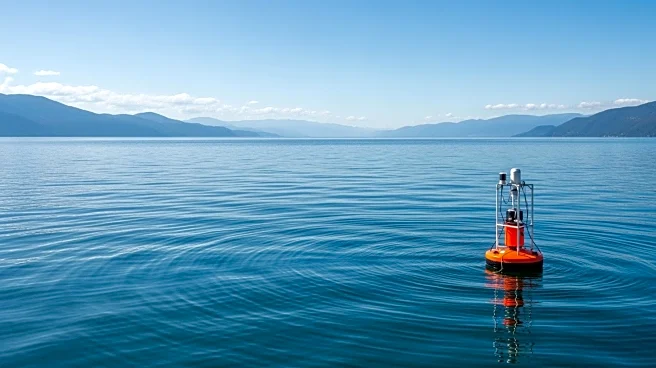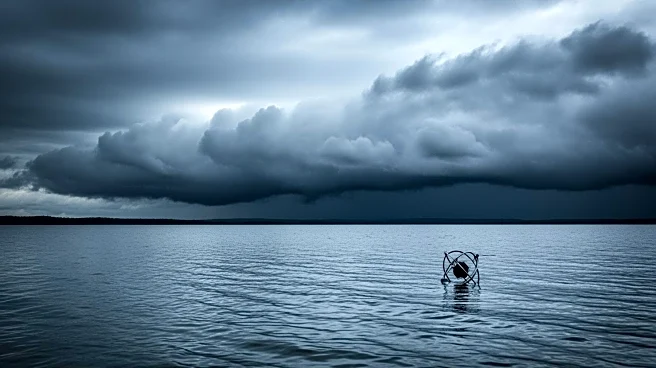What's Happening?
In 1984, a deadly phenomenon known as a limnic eruption occurred at Lake Monoun in Cameroon, Africa, resulting in the suffocation deaths of 37 people. This event was initially attributed to supernatural forces or a chemical attack, but scientific investigation
revealed that the lake's bottom water was saturated with carbon dioxide, which erupted and formed a lethal fog. Two years later, a similar disaster struck Lake Nyos, killing 1,746 people and 3,500 animals. These eruptions were caused by volcanic gases seeping into the lakes, accumulating over time, and eventually being released due to disturbances. Scientists have since implemented degassing measures to prevent future eruptions at these lakes.
Why It's Important?
The limnic eruptions at Lake Monoun and Lake Nyos underscore the potential dangers posed by similar lakes worldwide, particularly Lake Kivu, which contains both carbon dioxide and methane. Methane is flammable, increasing the risk of a catastrophic eruption. Lake Kivu is surrounded by two million people, and an eruption could result in unprecedented loss of life. The events have prompted global scientific efforts to monitor and mitigate risks associated with limnic eruptions, highlighting the need for international cooperation in regions with geological instability.
What's Next?
Scientists continue to monitor Lake Kivu closely, with efforts to extract methane for electricity generation underway. However, the process is slow and fraught with risks, including the potential to trigger an eruption. The political instability in the region complicates large-scale safety operations. The scientific community is advocating for increased international support to address these challenges and prevent a potential disaster.
Beyond the Headlines
The limnic eruptions have raised awareness about the geological and environmental factors that can lead to sudden natural disasters. They highlight the importance of understanding and managing natural resources responsibly, especially in regions with vulnerable populations. The events also emphasize the need for technological advancements in monitoring and mitigating geological threats.














